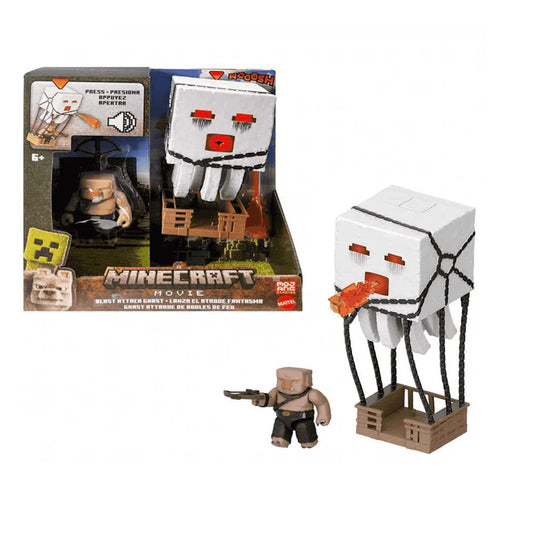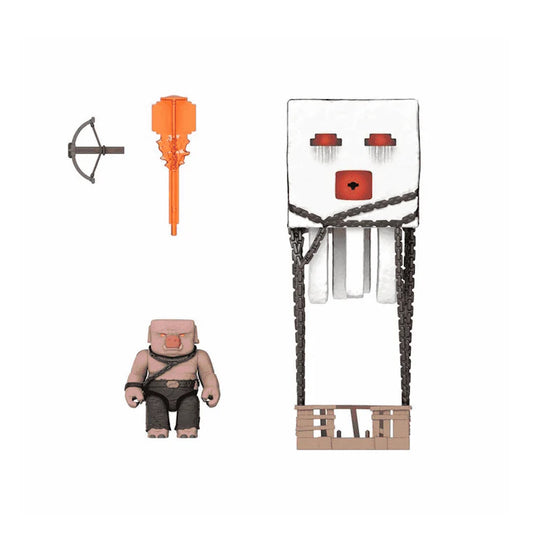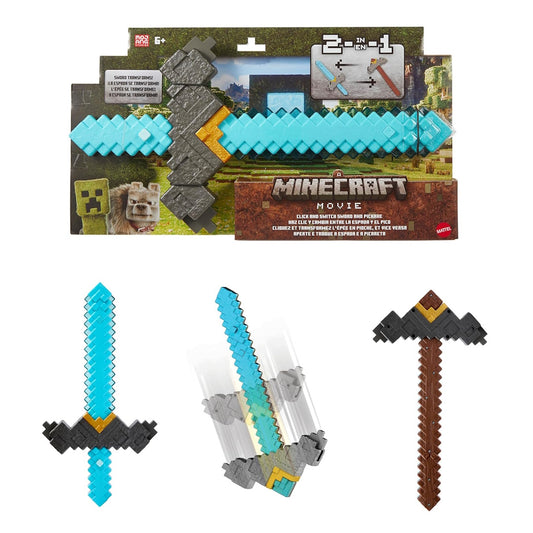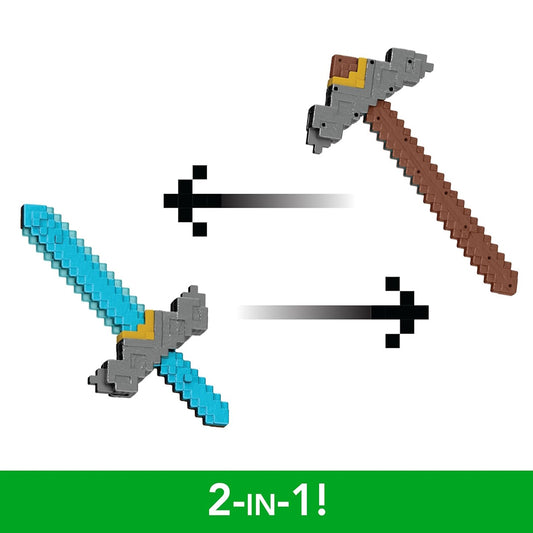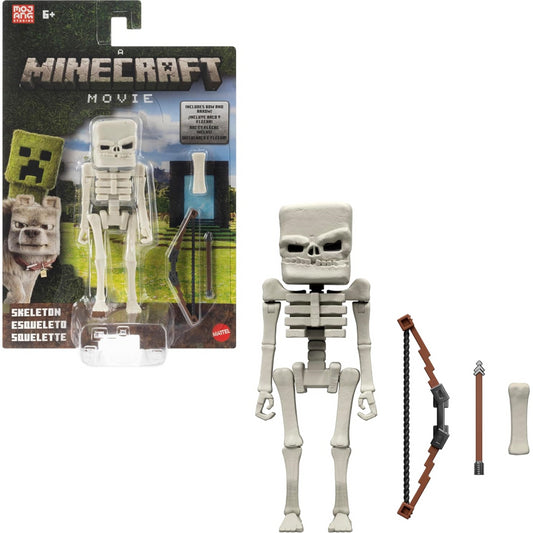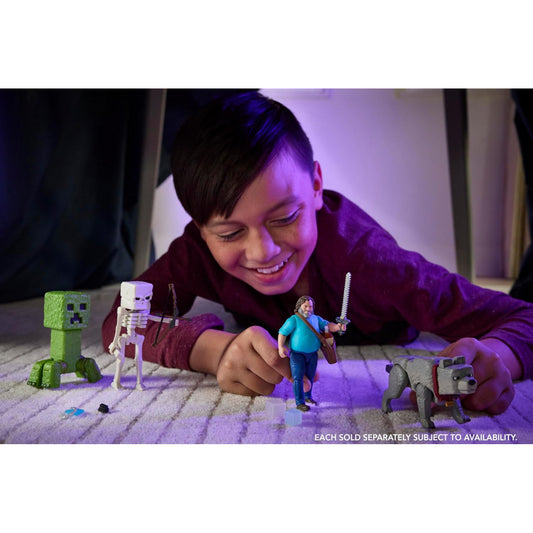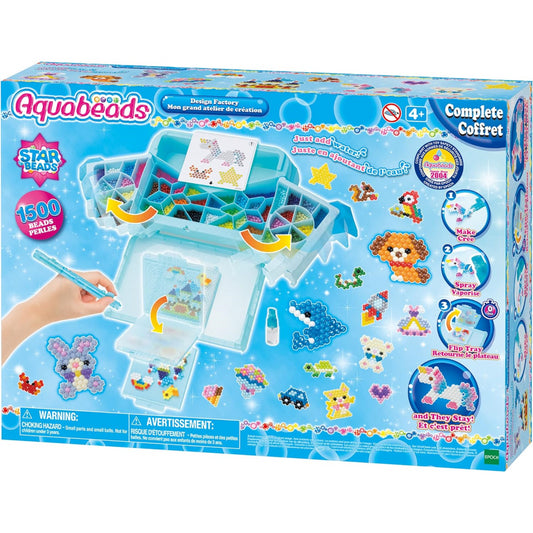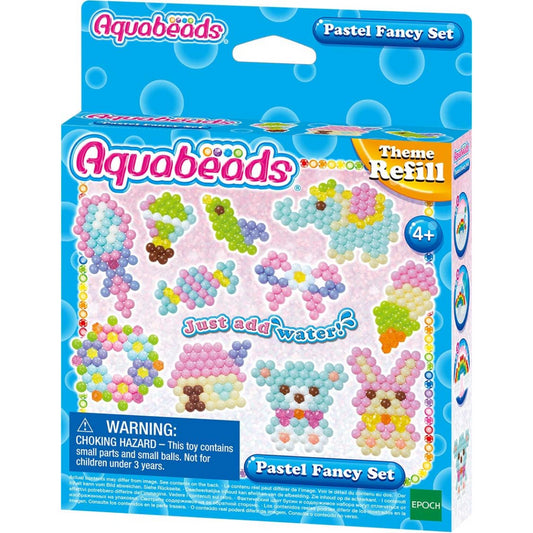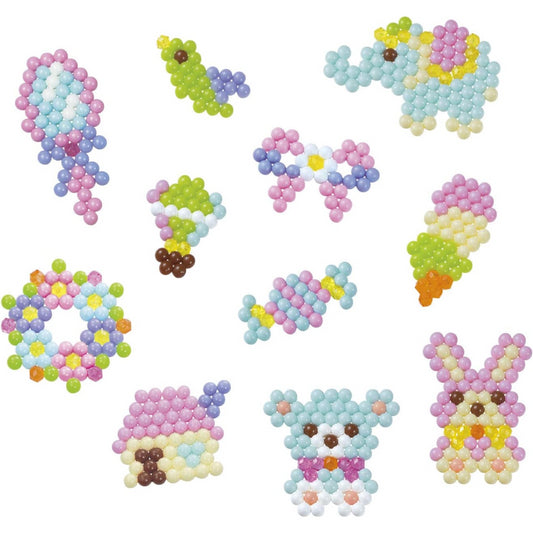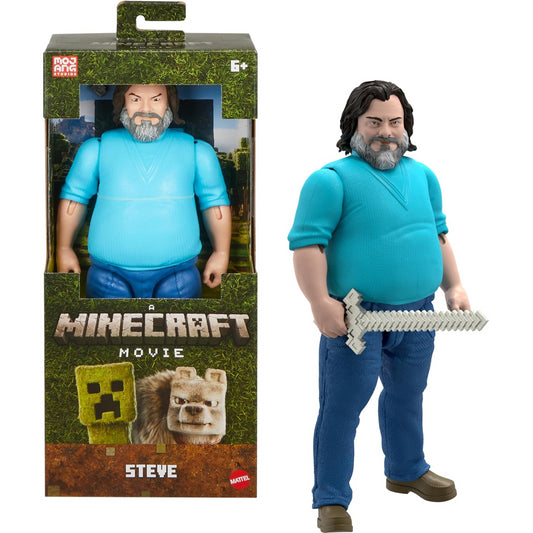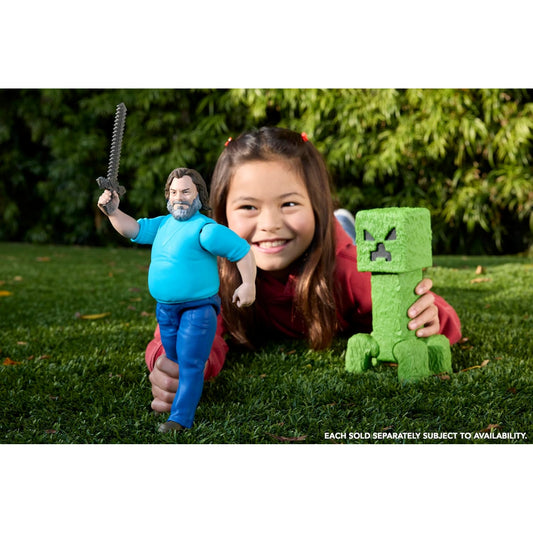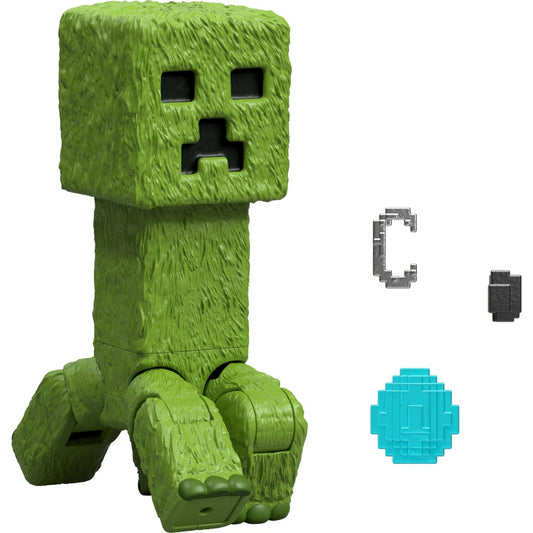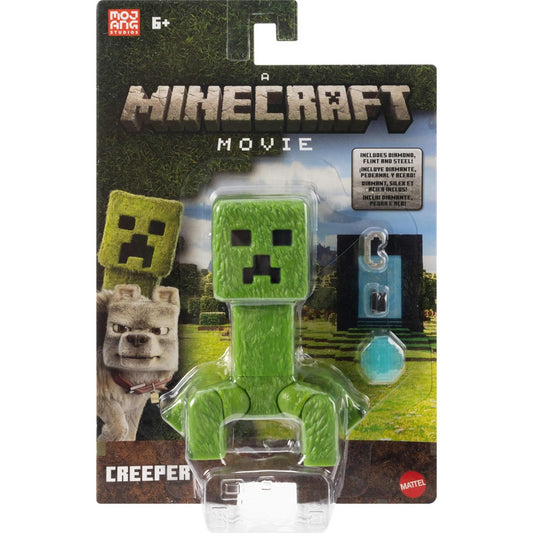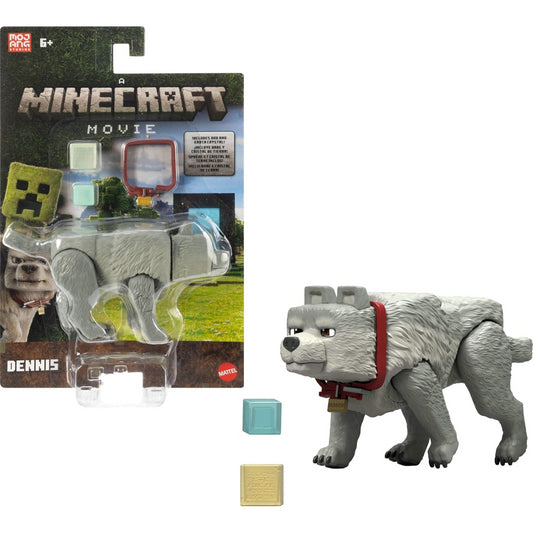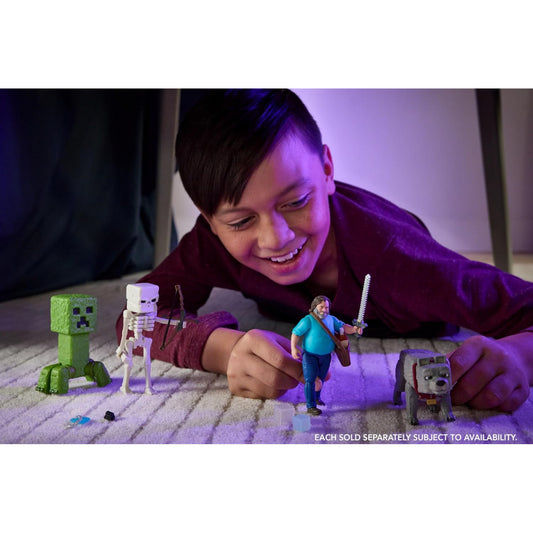Toys over Tablets: Why traditional toys are better for development in young children
In today’s electronics dominant age, it’s always tempting to purchase the latest, greatest, state of the art toys for your child. The advertising will often promise the world, and goad with demonstrations and clever editing. Such modern toys may look great and be tons of fun for growing kids, but for young, developing children there’s still no better alternative than more traditional toys.
Even toys that are advertised as educational can be misleading. Items such as the Leapfrog Leap Reader and series of Tag Books might mean well and provide some educational benefit, but they are in general more specific in the topics they teach. Modern alternatives like apps and YouTube Kids channels are similarly counterproductive in that they may well keep your child thrilled and occupied for hours, but regular exposure is not as beneficial as one might think.
Instead, professionals have recommended more traditional and basic toys to kickstart development in a young child or baby’s brain. Toys such as blocks, dolls, jigsaw puzzles, balls, trikes and bikes all greatly promote early development and give your child a start in life that electronic devices simply cannot replace.
This information is backed up by a 2018 study from the American Academy of Pediatrics, which did not outright condemn electronic toys, but highly recommended more traditional items in their place. Aleeya Healey MD, a lead author on the report, stated the following about it: “Toys have evolved over the years, and advertisements may leave parents with the impression that toys with a ‘virtual’ or digital-based platform are more education…research tells us that the best toys need not be flashy or expensive or come with an app. Simple, in this case, really is better.”
So, then, what does Dr. Healey mean when she says simple is better? As aforementioned, more traditional and non-electronic toys seem to do better, mainly due to their aptitude for cognitive development. The AAP recommends toys that aren’t strictly labelled as educational, but provide it through interactions and relationships with others (including family and friends).
As an example, a set of building blocks can serve a variety of functions. Children can opt to arrange the blocks in any order they like, stack them like a tower, or integrate them in play sessions with other toys such as dolls or action figures. In addition, the AAP recommended that parents and caregivers “understand the most educational toy is one that fosters interactions between caregivers and children in supportive, unconditional play.”
Essentially, a key aspect that they outline for early development is simply human interaction. Sure, electronic devices can be used to watch videos or movies with your child, but this interaction is more hands-off compared to more traditional methods.
There are a variety of ways that we would recommend interacting with your child with non-electronic toys:
Help them solve a jigsaw puzzle
Engage in imaginative play, such as with dolls, action figures or pretend cooking/baking sets to create a narrative and work towards a goal
Use building blocks and pieces to construct basic objectst
Help your child to ride a trike or bicycle with stabilisers
Introduce your child to mentally engaging activities such as board or card games
As well as outlining toys that are perfect for early development, the report makes it clear which items to avoid for very young children, too. While they shouldn’t necessarily be avoided entirely, the following toys are listed as ones that do not promote development:
1) Tablets, phones and apps
2) Laptops and other larger screens
3) Video games
4) Toys that emit lights and sound
5) Any toy that substitutes human interaction, such as lifelike electronic pets or story readers
Parents may find it a blessing that the best toys for cognitive development are actually the ones that are the least complex and relatively inexpensive. In our minds this is a net positive. While it may be tempting to invest in a tablet or phone for your child as a “catch-all” solution that covers entertainment and education, it’s also true that this method is not as effective as traditional toys, nor can money buy a replacement for human interaction.
Basic toys can also be wonderful for expanding a child’s imagination. Objects such as building blocks have no singular set objective. Instead, their use is only limited by a child’s creativity. Such imagination can and will evolve as your child ages. At 18 months, the child may use the blocks functionally, as intended (such as stacking them like a tower). Whereas at 2 years old the same child might incorporate the blocks in imaginative play, such as setting them up as obstacles for toy vehicles.
That isn’t to say electronic toys are inherently bad. The AAP suggest limiting, but not outright banning children from video game and computer use. They state that such use should be limited to “less than 1 hour per day for children 2 years or older, and avoided in those younger than 18-24 months.” They go on to suggest further use for children younger than 5 years only if they are developmentally appropriate, with the overall point that cognitive development with more traditional toys and items shouldn’t be stopped past a certain age.
In conclusion, we hope we’ve been able to highlight reasons why basic, traditional styled toys are incredibly beneficial for young children. From introducing the concept of imaginative play to developing fine motor skills and cognition, the value of toys like blocks, figures, art supplies and balls can do wonders for giving your child a superb start in life.

